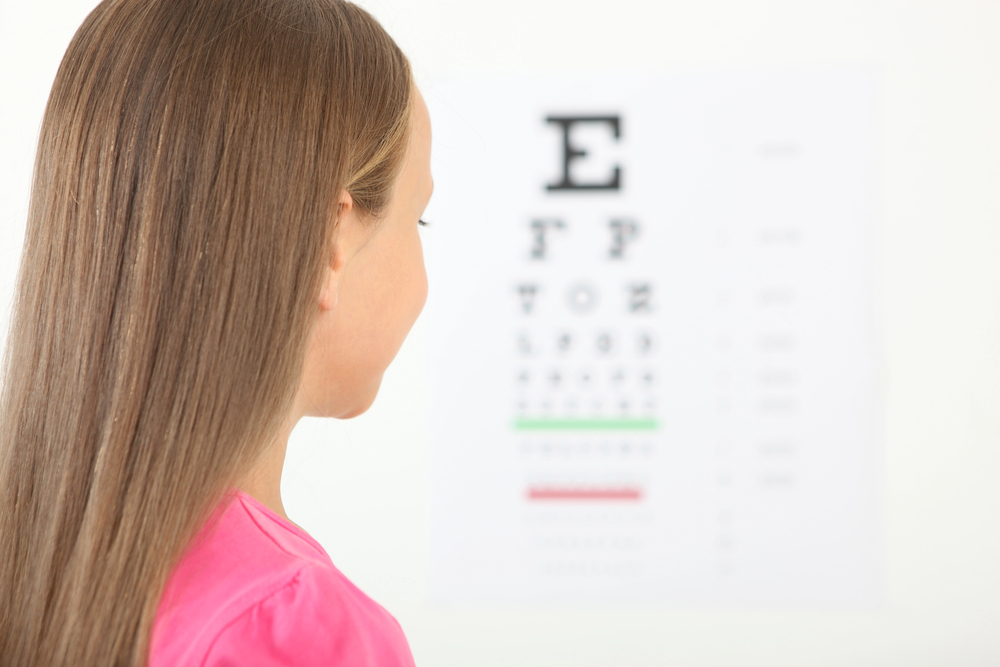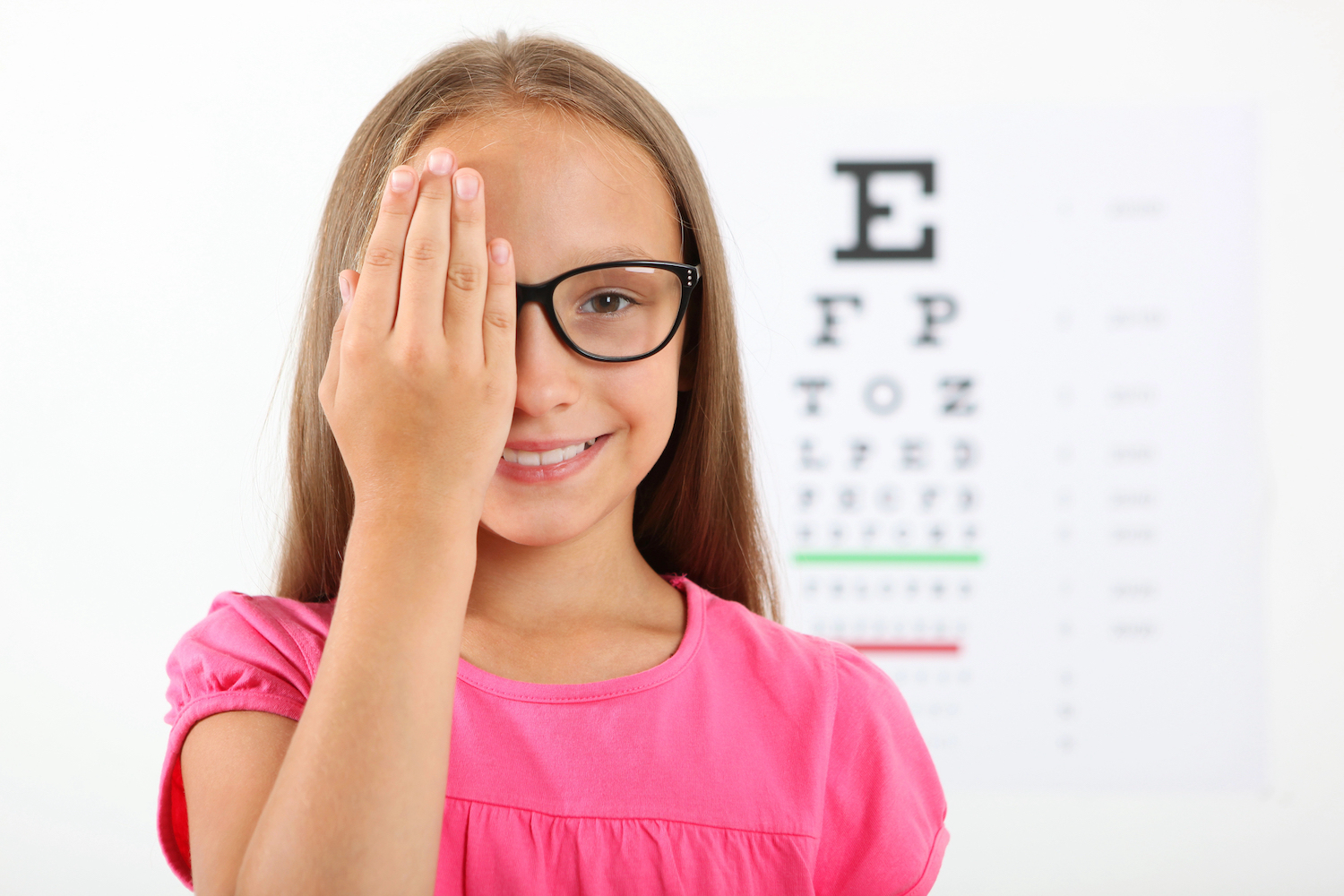As parents, we naturally want to do everything we can to ensure our children grow up happy and healthy.
We take them for regular check-ups at the doctor, keep an eye on their diet, and make sure they brush their teeth twice a day, and especially before bed.
But life as a mum or dad can be extremely busy, and when you are also juggling work, school pick-ups and drop-offs, household chores and several other responsibilities, it is understandable that something might fall by the wayside.
One such thing appears to be eye tests. According to Optometry Australia, around 35% of the country’s population do not get them checked out regularly, many of whom are children. Moreover, 13% of Aussies have never had them examined. So, this is something that needs to be addressed.
Good eyesight is vital for a child’s learning and development, yet many parents are unsure of why it is important to get their kids’ eyes tested and how often this should be done.
In this guide, we’ll answer both of these questions, as well as others you may have.
Why Are Eye Tests Important for Kids?
Children rely on their eyesight for almost everything they do, from reading and writing to playing sports and interacting with friends.
However, if they are suffering from poor vision, it can affect their academic performance and confidence and even impact upon their mental health and overall well-being.
Unfortunately, many common eye problems in children, such as myopia (short-sightedness), astigmatism, and lazy eye, often go undetected because kids may not realise they have an issue.
Regular eye tests, therefore, are important because they help to identify problems early, which means children can receive the right treatment before it starts affecting their education and daily life.
Optometry 1001’s eye tests, for instance, are designed to detect vision issues in children of all ages and offer them a comprehensive assessment of their eyesight and overall eye health.
How Often Should Your Child Have an Eye Test?
How frequently your child should have an eye test depends on how old they are, your family history, and whether they have existing vision problems, and you should always consult with a professional optician.
As a general rule, though, the following applies:
Babies and Toddlers (0-3 years)
Your child’s first eye check-up with an optometrist is recommended to happen at around six months of age.
While newborns have their eyes checked as part of routine health assessments, an optometrist can provide a more detailed examination to identify any early vision problems.
If no issues are detected, another test should be done at around three years old before they start preschool.
Preschoolers (3-5 years)
Before your child starts prep, it is a good idea for them to have a vision test to ensure they’re ready for learning and social activities.
At this stage of their lives, their vision is still developing, and they could be suffering from conditions like lazy eye (amblyopia) or strabismus (crossed eyes). Thankfully, they can be corrected more easily the earlier they are detected.
School-Age Children (6-12 years)
Once your child starts school, they should have an eye test every two years unless an optometrist recommends more frequent visits.
Although they will have vision screenings in school, they can sometimes miss the onset of subtle vision problems, which is why a full eye exam is the best way to detect any concerns.
If your child is experiencing symptoms such as frequent headaches, squinting, difficulty reading, or poor hand-eye coordination, it is worth getting an optometrist to check their sight out.
Teenagers (13-18 years)
Children’s bodies grow rapidly between the ages of 13 and 18 and so does their eyesight, which is why it is important they get their eyes tested at least once every two years by a fully qualified and experienced optometrist.
Given that many children spend long hours on digital screens, both in and out of the school environment, this is especially important. Eye strains and myopia are becoming increasingly common in young people, so it is definitely worth keeping tabs on their threat.

How to Prepare Your Child for an Eye Test
Some children may feel anxious about visiting an optometrist, especially if it’s their first time or they haven’t done so for a while.
If this is something your child is experiencing, try to reassure them that an eye test is simple, painless, and can even be fun!
Explain that the optometrist will ask them to look at pictures or letters, play with different lenses, and maybe even wear some “fun glasses” for a few moments.
By encouraging them to adopt a positive attitude, it can make their experience easier and appear less confronting. Moreover, should your child need glasses, make sure you let them be part of the process of choosing frames.
Many kids love picking out their own stylish glasses, and this can help them feel more comfortable about wearing them and prevent you from picking something for them they think is daggy!
How to Protect Your Child’s Vision Between Eye Tests
While it is essential to have regular check-ups, there are some things you can do to support your child’s eye health between visits.
One of the main things is to limit their screen time, because several studies have proved that prolonged screen exposure can cause eye strain. Additionally, this study suggests that spending more than 13 hours a week outdoors can help to reduce the risk of myopia in children.
Other things you can do is ensure your home has good lighting, as this can cause eye fatigue, particularly when reading or using screens.
You should also provide them with a balanced diet that includes nutrients like vitamins A and C and omega-3 fatty acids, which support healthy vision and encourage them to get plenty of quality sleep.








